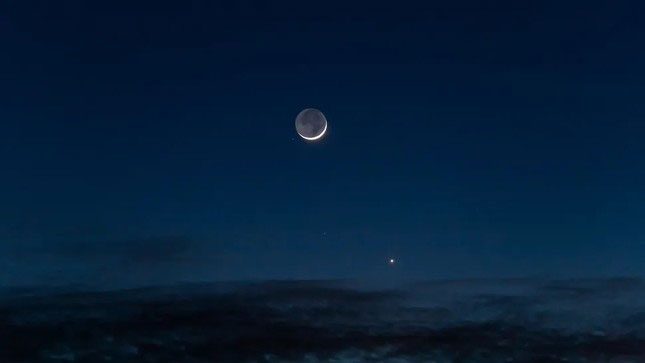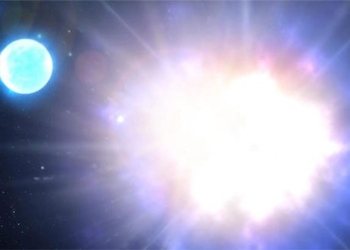On the morning of October 11, Venus will appear particularly close to the crescent moon in a stunning sky view before the annular solar eclipse takes place on October 14.

The crescent moon will move close to Venus this week. (Photo: Will Crocker via Getty Images).
If you wake up early, people in the eastern United States will be able to enjoy the beautiful sky on October 11. About three hours before sunrise, Venus and the crescent moon, shining at 17% brightness, will appear just 5 degrees apart and this pairing will be easily visible to the naked eye.
Venus will rise about half an hour after the moon. The moon will hang in front of the constellation Leo and will be located between the two brightest stars in the Leo constellation: Algieba and Regulus.
Known as the Heart of the Lion, Regulus is the 21st brightest star in the sky. Located about 79 light-years away from the Solar System, it forms part of the crescent shape of Leo, resembling an upside-down question mark.
The fourth star, visible on the opposite side of the crescent moon, will be Algieba, located approximately 130 light-years from the solar system and is one of the most clearly visible binary stars in the night sky, according to Astronomy Now. Looking at Algieba through a good quality telescope will reveal it as a pair of golden stars.
The crescent moon will move away from Venus and the bright stars as it continues its orbit, but equally beautiful sights await.
On the mornings of October 11 and 12, you will be able to see the crescent moon thinner than ever, illuminated at 10% and 5% respectively as it approaches the new moon phase, with the annular solar eclipse occurring on October 14 visible across the Americas.





















































